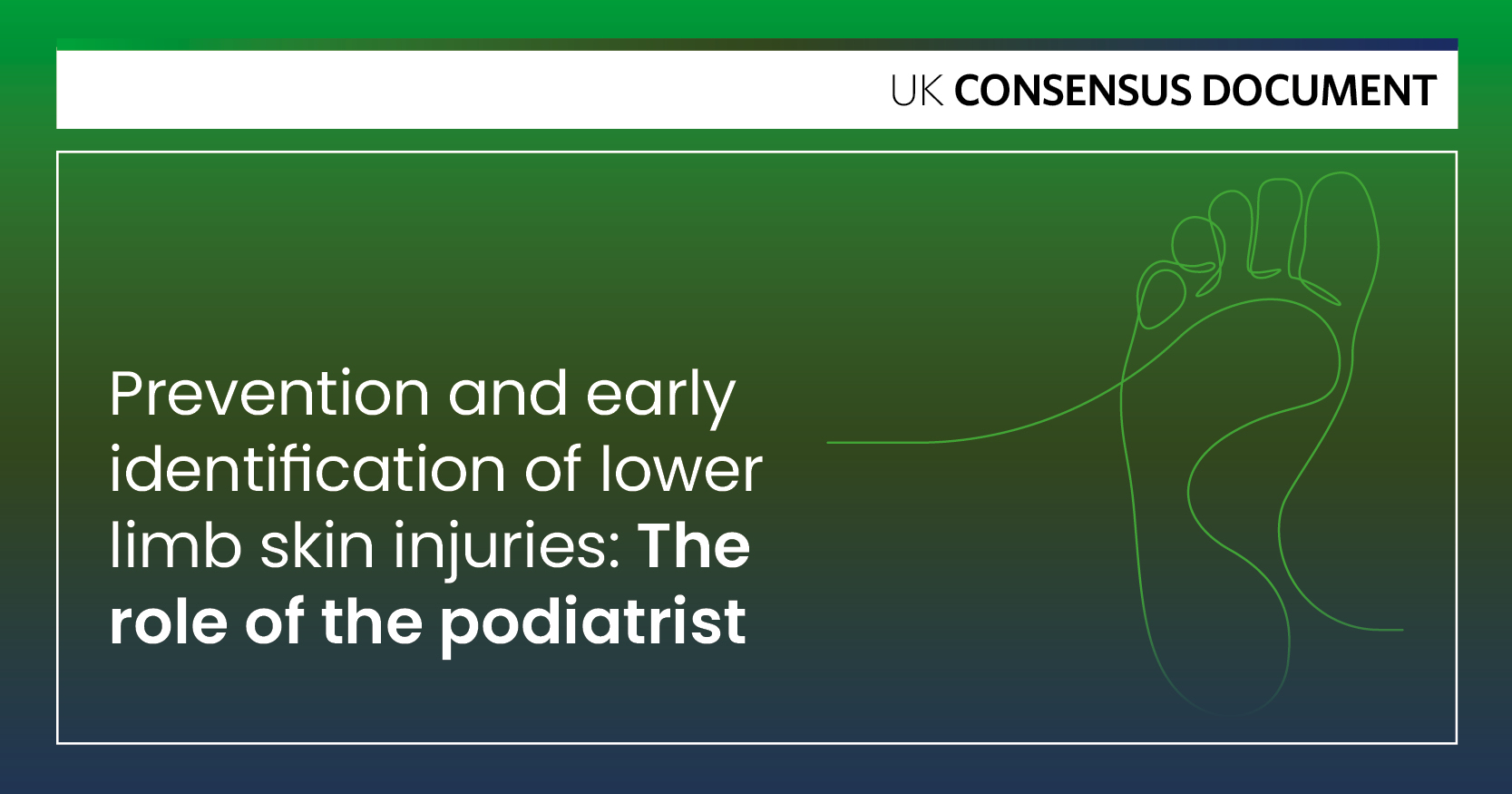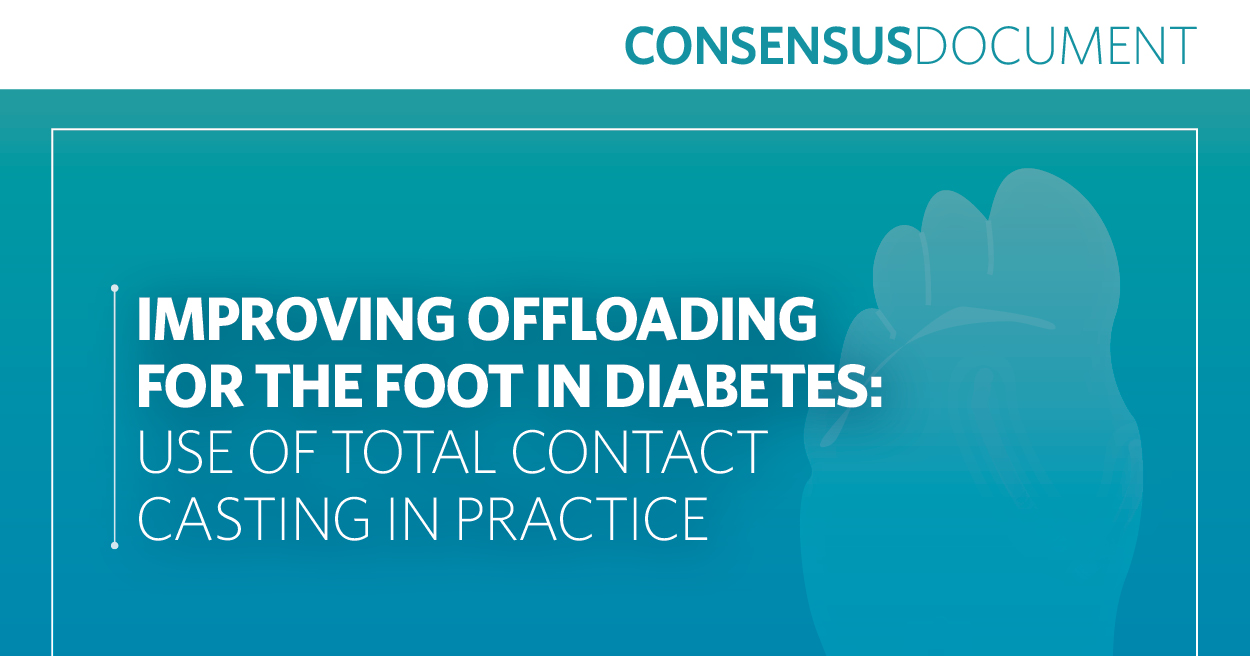In 2013, NHS Diabetes reported findings of the National Diabetes Inpatient Audits from 2009 and 2010, which revealed that 3.2% and 2.2%, respectively, of inpatients with diabetes developed a new foot lesion while in hospital (www.yhpho.org.uk/Diabetes_inpatient_audit). Following this, the Scottish Diabetes Foot Action Group (SDFAG) recognised that there was probably a similar issue regarding hospital-acquired foot ulceration among inpatients with diabetes in Scotland, but no data had been collected to demonstrate the size or extent of this problem.
Following consultation with the NHS Scotland Quality Improvement Hub, Improving Diabetes Care in Scottish Hospitals, it was decided that a Scotland-wide audit – coordinated by the SDFAG – needed to be undertaken. This would provide baseline data on the level of the problem and gauge the level of success of any interventions to reduce the incidence of hospital-acquired diabetic foot ulceration in Scotland.
As in many audits, whoever initiates the audit recognises that a situation exists, but they do not know the extent of the problem, and it was suspected that a similar situation regarding deficiencies in inpatient care in England was also present in Scotland.
Carrying out the audit
The SDFAG wanted the audit to be a ‘snap shot’ of what was happening at any one time in Scottish hospitals so it was decided that all Health Boards would carry out the Audit at the same time and that would be in the week beginning 18 November 2013.
The audit was carried out in 12 of the 14 health boards in Scotland. The support shown to SDFAG by each health board to commit already stretched staff resources to carry out was a measure of the enthusiasm to improve patient care and demonstrated the level of importance that each health board was placing on this initiative.
The audit comprised six points of data collection:
- Asking all inpatients with diabetes if they had their feet checked on admission to hospital, or identified whether this had been carried out from the patients notes.
- Checking patients’ feet for any current ulceration.
- If an ulcer was present, ascertaining if an appropriate referral had been made to a member of the diabetes team.
- If an ulcer was present, ascertaining if the ulcer had developed during their current stay in hospital.
- Testing for neuropathy (monofilament or Touch the Toes Test [Rayman et al, 2011])
- If neuropathy present, or the patient was at risk of ulceration due to previous ulceration or amputation, checking to see if the appropriate pressure relief was in place.
The audit resulted in 1048 inpatients being interviewed and tested.
Audit results
The results of the Scottish Inpatient Diabetic Foot Audit in November 2013 revealed that 2.4% of inpatients with diabetes developed a new foot lesion while in hospital. More than half (57%) of inpatients reported they had not had their feet checked on admission to hospital. Sixty per cent of those who were discovered to be at risk of developing a foot ulcer did not have any pressure relief in place. Of all patients surveyed, 14% had a current foot ulcer, and only 65% of these patients had been referred to a diabetes foot care team.
It is estimated that a patient suffering from diabetes with a foot ulcer stays in hospital on average 13 days longer than somebody without a foot ulcer (NHS Diabetes Factsheet no. 27: http://bit.ly/1hiR6m0). Given that the average cost of one day’s stay in hospital in Scotland is approximately £650, what were the cost implications of the findings of the present audit?
Cost implications
Twenty-four patients per 1000 admitted acquired a new foot ulcer, resulting in – on average – 13 extra bed days per patient. This is a total of 312 extra bed days at £650/day, resulting in a cost of £202 800.
Two hundred and twenty six inpatients in the present audit did not have pressure relief in place. If pressure relief (costing a maximum of £100/inpatient) had been put in place for all these patients and prevented ulceration it would have cost NHS Scotland £22 600. Thus, for every 1000 people with diabetes admitted to hospital, a saving of £180 200 (£202 800 − £22 600) could have been made with appropriate and effective interventions.
However, this assumes that it is possible to prevent all new ulcers developing for inpatients (Downie et al, 2013). Even if only 75% of these ulcers could be prevented, it would represent a saving of £135 150 per 1000 inpatients with diabetes. Extrapolating these figures (580 498 inpatient discharges for acute specialties, excluding day cases, in Scotland per year in 2013 [Information Services Division Scotland, 2013], and 20% are known to have diabetes [Anwar et al, 2011]) this represents a potential saving of nearly £15 million per year for NHS Scotland.
This cost model does not take into account the cost of possible litigation, or the human cost and suffering of the extra time spent in hospital and possible amputation and rehabilitation.
Acting on the findings
Following the results of this audit, the SDFAG introduced a national inpatient foot care campaign, called “CPR for Diabetic Feet”. This involves a strategy of foot “checks”, “protection”, and “referral” (i.e. “CPR”). The campaign sets out to ensure that all patients with diabetes who are admitted to hospital have their feet checked on admission, and if they are at risk of developing a foot ulcer, as assessed by insensate feet or fragile skin, their feet are protected, and if they have a current foot ulcer they are referred to an appropriate member of the foot care team.
As well as the NHS Scotland Quality Improvement Hub’s Improving Diabetes Care in Scottish Hospitals and support from DUK Scotland the CPR in Diabetic Feet initiative will also be aligned with the Scottish patient safety programme, which is coordinated by Health Improvement Scotland with one of its aims “to provide 95% harm-free care by the end of 2015” (Scottish Government, 2013).
There has been a move via this campaign to try and simplify and standardise the appropriate pressure relieving devices that are being supplied to inpatients throughout Scottish Hospitals. There are a number of devices available and the most commonly used devices are listed in the Training Manual but with the recently introduced devices from TalarMade and the already widely used Pressure Relieving Ankle and Foot Orthosis (PRAFO) from Anatomical Concepts Ltd this may help to achieve this.
Conclusion
CPR for Diabetic Feet will be introduced throughout Scotland from April 2014 and a further audit will be undertaken following introduction to evaluate what impact the initiative has achieved.
Three factors will help motivate people to ensure CPR for diabetic feet is introduced:
- The drive to prevent harm to our patients.
- The drive to improve the quality of patient care.
- The drive to ensure resources are used more efficiently.
CPR for diabetic feet will help support all three motivations.
While some clinicians will say “I can’t afford the time to carry this out”, the answer to them is “You can’t afford not to carry it out”. It only takes 30 seconds to check a patient with diabetes’ feet: spend 30 seconds, save 13 hospital bed days … and possibly a lot more!
The introduction of the CPR for Diabetic Feet campaign was announced at the recent Diabetes in Scotland conference by the Minister for Public Health, Michael Matheson MSP, who fully supported the campaign, and its objectives, being to eradicate hospital-acquired foot ulceration in people with diabetes.
To support this initiative, funds have been made available by the Scottish Government via the SDFAG to ensure that:
A CPR for Diabetic Feet poster (Figure 1) is available to every hospital ward in Scotland.
A LearnPro module is accessible to hospital staff via local intranets to raise awareness surrounding the risk of hospital-acquired diabetic foot ulceration and its management.
Training manuals produced by the SDFAG are available as an aid and reference to carrying out short, ward-based, one-to-one or group staff education
The Minister emphasised the importance of such initiatives and the Scottish Governments support to ensure its success.





